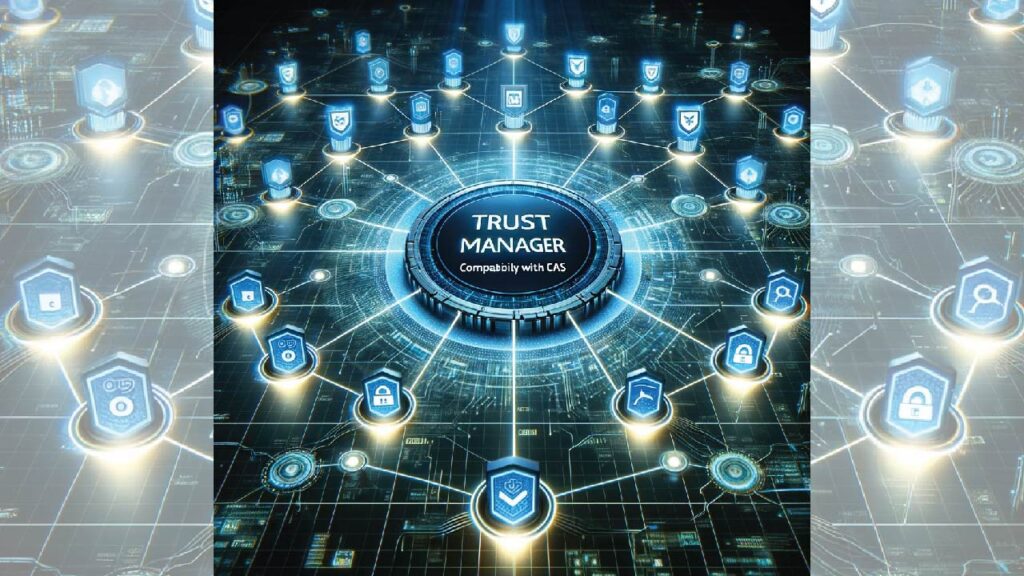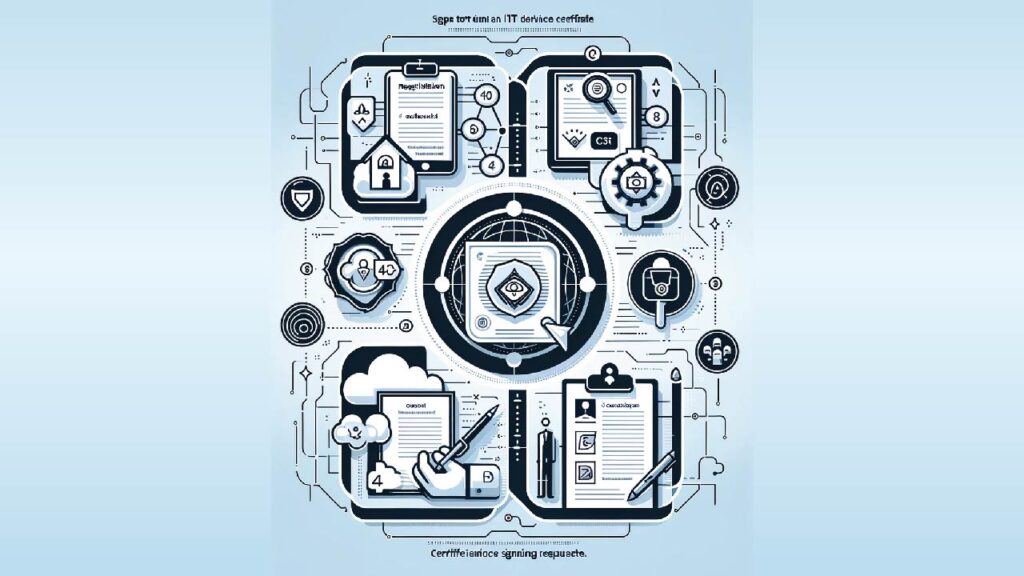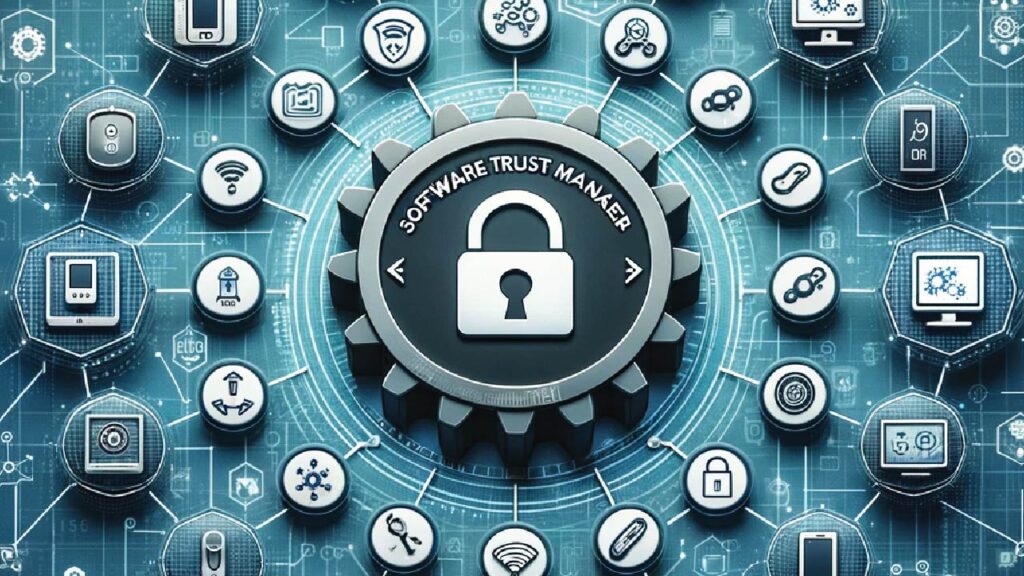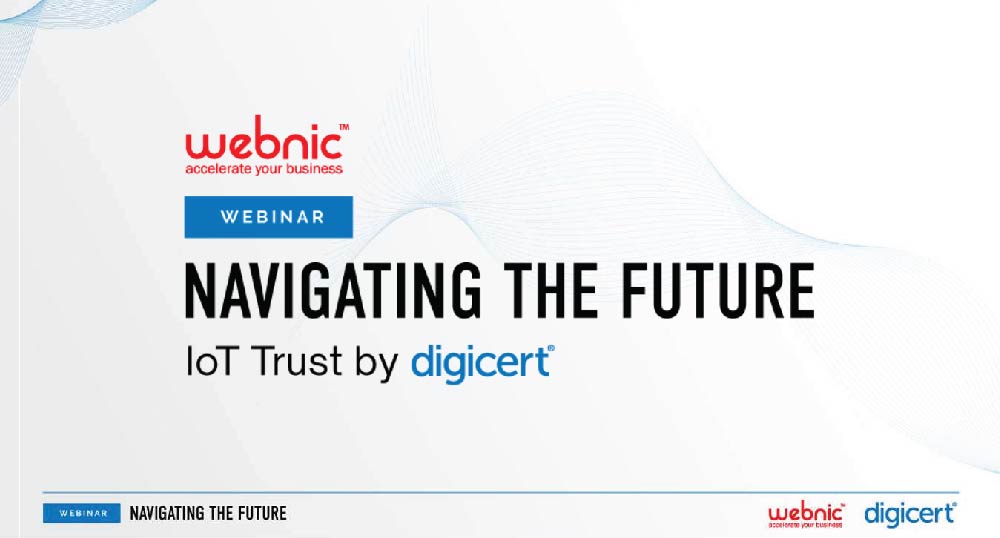The recent IoT Trust Webinar, spearheaded by Tom Klein, the Senior Director of IoT Business Development at DigiCert, opened a gateway to a trove of information on navigating the intricate landscape of IoT device security. With over 40 years in IT, Tom’s specialisation in IoT Security has left an indelible mark on the industry. His extensive experience with IBM, Microsoft, AWS, and various security-focused organisations positions him as a seasoned expert.
The webinar provided a deep understanding of IoT device security considerations, covering topics such as Trust Manager’s compatibility with different Certificate Authorities, customisation features, licensing models, steps to obtain IoT device certificates, challenges in PKI implementation, interoperability concerns, the role of Software Trust Manager in securing IoT private keys, and cost considerations for onboarding IoT use cases. The exploration also delved into real-time monitoring solutions for shipping and port connectivity.

Trust Manager's Compatibility with Various Certificate Authorities (CAs)
Tom clarified that Trust Manager is not limited to a specific CA like DigiCert. It offers flexibility, allowing users to integrate certificates from other CAs if desired. This adaptability ensures that organisations can leverage their preferred CAs while enjoying the benefits of Trust Manager’s security features.

Reports and Customization Features in Trust Manager
The Trust Manager offers a robust reporting system, enabling users to monitor various aspects of certificates. Tom highlighted that reports can be customised based on specific requirements. Users can categorise and analyse data by device, certificate, issuance date, and expiration date. Additionally, exporting data to Excel facilitates further analysis and customisation.

Licensing Model for Trust Manager
Tom clarified the Trust Manager’s licensing model, emphasising its simplicity. Users are subject to an annual software fee, covering the cost of software maintenance and cloud instance creation. The per-device fee varies, with options for one-time or annual fees, depending on the level of device management required. This flexibility caters to diverse use cases, from simple deployments to more complex, device-centric scenarios.

Steps to Obtain an IoT Device Certificate through Trust Manager
The process of obtaining an IoT device certificate through Trust Manager was outlined. Users initiate the process by creating a Certificate Signing Request (CSR) within the Trust Manager, which communicates with the intermediate CA. The Trust Manager then produces the requested certificate based on the provided information, streamlining the certificate issuance process.

Challenges in Implementing PKI in the IoT Ecosystem
Tom addressed the challenges associated with implementing PKI in the IoT ecosystem. He highlighted that many application developers need more expertise in PKI, emphasising the need for a well-managed PKI within manufacturing environments. The key lies in providing tools that simplify the process for non-PKI experts, ensuring a smooth integration of security measures into IoT devices.

Interoperability Concerns in Deploying PKI in the IoT Ecosystem
Interoperability concerns were discussed, focusing on the consistent nature of PKI. Tom emphasised the importance of adapting corporate infrastructure for product-specific needs. However, he noted that challenges may arise from the varying intelligence levels of IoT devices’ operating systems. Engineering considerations are crucial to ensure seamless certificate provisioning and utilisation.

Software Trust Manager and Device Security Requirements
The Software Trust Manager’s primary function was the secure signing of software. Tom emphasised the importance of a fast signing process, ensuring that devices only execute cryptographically signed software. The need for collaboration between back-end functions and device capabilities was highlighted to fortify security measures.

Cost Considerations for IoT Device Onboarding
The cost of onboarding an IoT use case was discussed, with Tom emphasising that the primary cost is associated with device programming software capabilities. While the provider handles the setup of the PKI, organisations need to invest in programming software to ensure seamless integration with Trust Manager.

Real-Time Monitoring for Shipping and Port Connectivity
Tom highlighted the dependence on the communication capabilities of the transport mechanism. The feasibility of real-time tracking depends on factors such as global communication infrastructure, satellite connectivity, and the specific needs of the shipment, including temperature monitoring for sensitive cargo.

The IoT Trust Webinar, featuring Tom’s comprehensive insights, provided a deep understanding of IoT device security considerations. From trust managers’ flexibility to challenges in PKI implementation and real-world applications, the webinar equipped participants with valuable knowledge to navigate the evolving landscape of IoT security. As we look forward to future advancements, staying connected and prioritising security measures remain critical in the ever-expanding IoT ecosystem. To watch the recorded webinar, click here.

